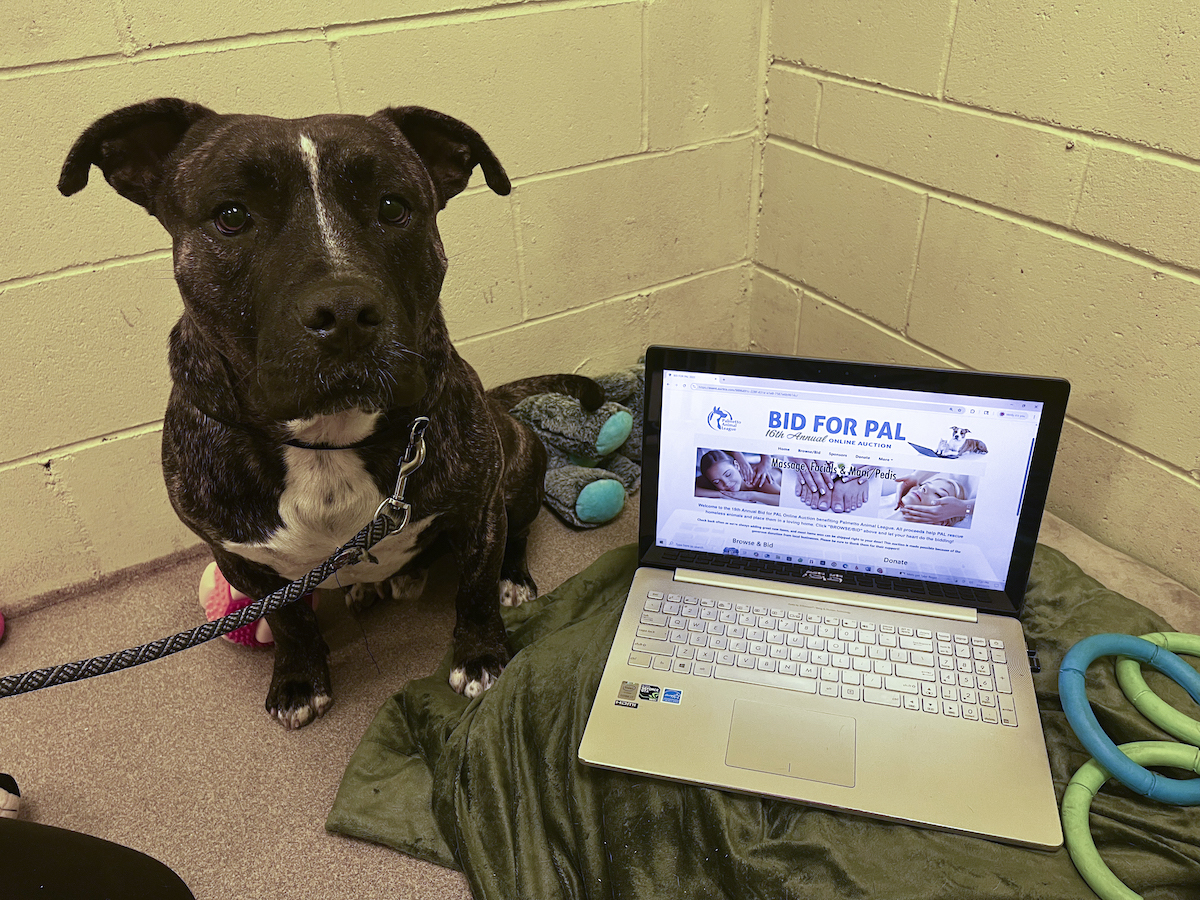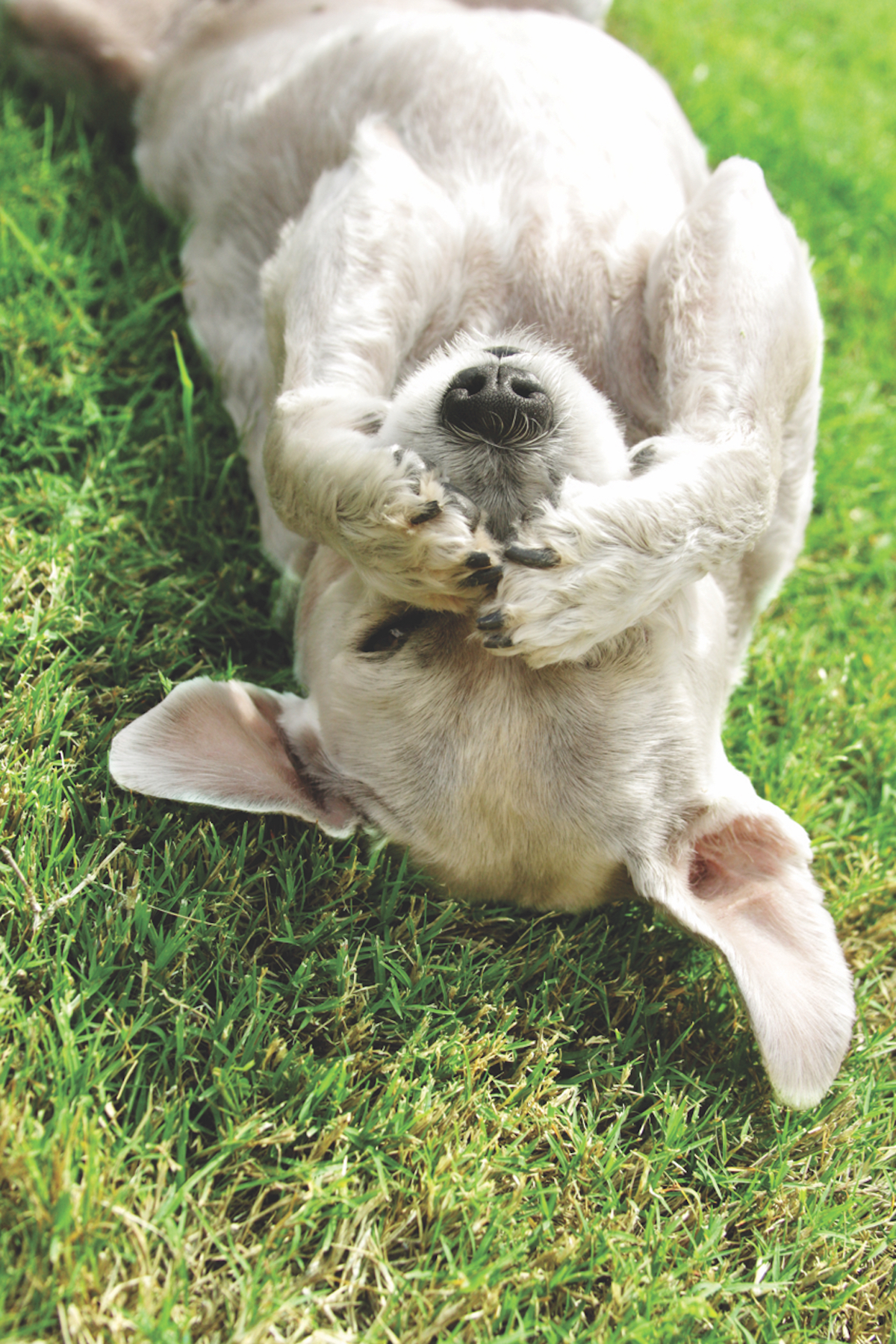By Tracie Korol
When walking the metaphoric allergy maze each turn offers a different diagnostic challenge, a new selection of medications or methods and, ultimately, a choice that must be made. Each choice can lead the way out (the cure) or down false pathway. The only way we will know is to try and see where the pathway leads. As accustomed as we are to The Quick Fix, a prolonged, investigative approach may present as frustrating and time-consuming. A quick fix is exactly that: it is not curing the dis-ease and it is not helping your Best Friend.
Every maze is different. Each dog and each dog’s living arrangements are different so what may work for your neighbor’s itchy dog, may not work for yours. Rooting out the causes of your pet’s chronic discomfort requires you play detective, looking for clues and asking questions. Keeping a dog diary for a month can help. (“Oct 10—cleaned carpets. Oct 13—Buster chewing his feet.”)
Pathways may defy logic. When walking a labyrinth, you may have to turn left to ultimately go to the right. It is the same when trying to find help for your dog’s problem.
You may have to try myriad methods and medicines that don’t make sense at the moment to get on the pathway to ultimate healing. For instance, I have seen localized skin lesions respond favorably and rapidly to chiropractic. Buster jumped off the couch onto the wood floor and lost his footing, pushing a vertebra out of alignment. The irritation to the associated nerve ending sends a buzzy sensation to Buster’s shoulder. It feels itchy to him and so he scratches and bites, creating a hairless, damp, soon-to-be-infected wound. Not an allergy at all!
Don’t go in circles. While you may occasionally need to retrace some of your steps in your therapeutic labyrinth, don’t continue to go round and round, especially if the results are the same. (I believe Einstein had something cryptic to say about this kind of behavior.) If your dog is on the third course of the same antibiotic and the third course of prednisone with no positive, long-lasting results, then perhaps it is time to take a different pathway in the maze. Try a homeopathic course or acupuncture to calm your dog’s overactive chi. Consider a nutritional causality–has Barney been eating the same orange-bag kibble for the last eight years? Consider environmental causalities—does Buster hang out in the garage when Grandma goes out for a smoke? Does Buster’s blanket smell springtime fresh because it is tumble-dried with a dryer sheet?
Don’t panic. As you negotiate a therapeutic pathway, it may seem to be taking you deeper and deeper into the maze, but it may also be leading you to the way out. It may seem to be taking too long, it may seem that there’s no escape. Corn mazes—endless curving, turning pathways cut into full-grown corn fields that people pay to navigate for fun—feature Panic Flags on poles that can be seen above the top of the corn. At the panic flag zone you have a chance to re-group, maybe have a snack, talk to others about their experiences and then choose your course with a clear head. Same with a
therapeutic trail.
Look for and listen to subtle clues. Your dog is your best communicator. If you’ve changed his food (again) and he won’t eat, listen to him. It’s not that he doesn’t “like” it (it’s a dog, they “like” most things), more credibly it’s that he knows it’s going to make him feel worse and he’s trying to tell you the only way he knows how. If your dog with the chronic green eye goobers sneezes when you spray on your favorite cologne, pay attention.
We need to approach allergies with an understanding that whatever treatment protocol we choose is going to require time, effort and discipline. We may never be able to come up with a positive outcome using a linear-logical approach. The way out may only be on a wandering, exploratory path.






